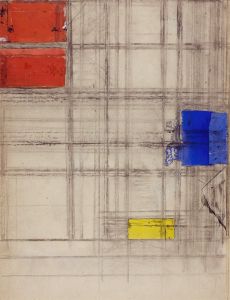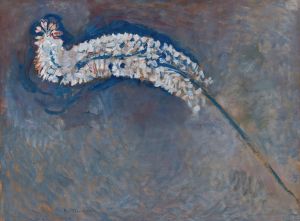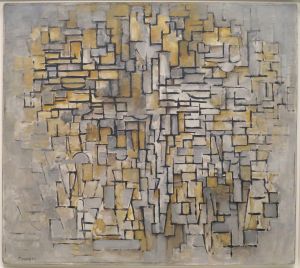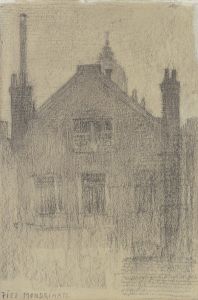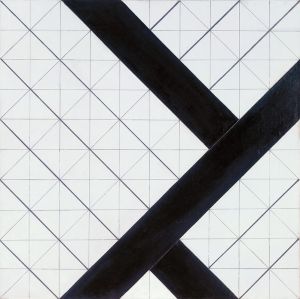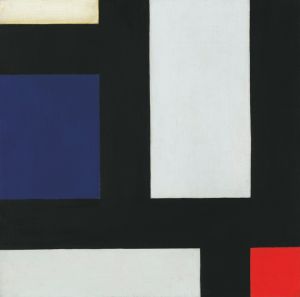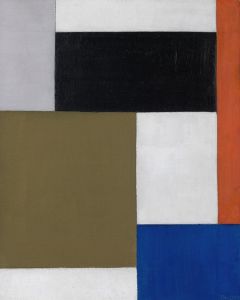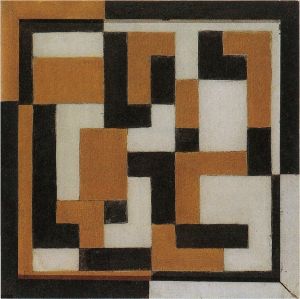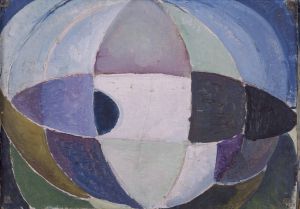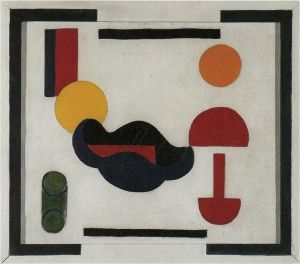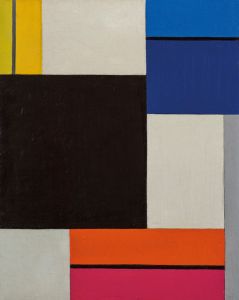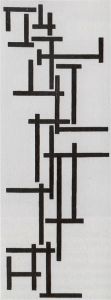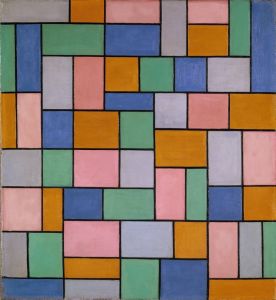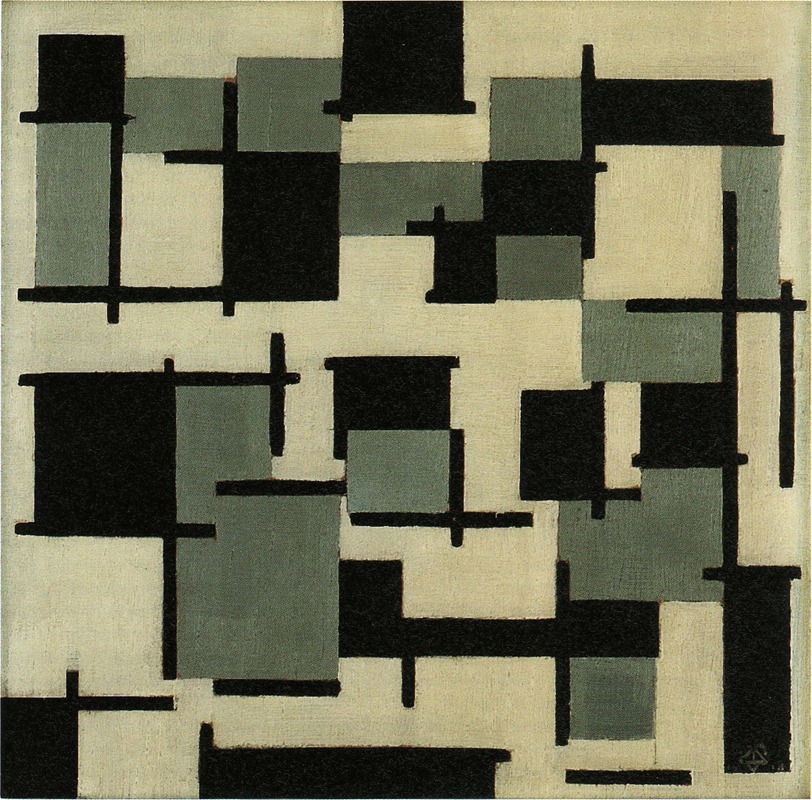
Composition XIII
A hand-painted replica of Theo van Doesburg’s masterpiece Composition XIII, meticulously crafted by professional artists to capture the true essence of the original. Each piece is created with museum-quality canvas and rare mineral pigments, carefully painted by experienced artists with delicate brushstrokes and rich, layered colors to perfectly recreate the texture of the original artwork. Unlike machine-printed reproductions, this hand-painted version brings the painting to life, infused with the artist’s emotions and skill in every stroke. Whether for personal collection or home decoration, it instantly elevates the artistic atmosphere of any space.
Theo van Doesburg was a Dutch artist, writer, and architect, best known as one of the leading figures of the De Stijl movement, which he co-founded with Piet Mondrian. The De Stijl movement, also known as Neoplasticism, was characterized by a strict use of geometric forms and a limited color palette, primarily focusing on primary colors and non-colors (black, white, and gray). Van Doesburg's work often exemplified these principles, and he played a crucial role in promoting the movement's ideals through his art and writings.
"Composition XIII" is one of the works by Theo van Doesburg that reflects the core principles of the De Stijl movement. While specific details about "Composition XIII" are limited, it can be inferred that the painting adheres to the movement's emphasis on abstraction and reduction to essential forms and colors. Van Doesburg's compositions typically feature a grid-like structure, with intersecting horizontal and vertical lines that create a sense of balance and harmony. This approach was intended to express a universal aesthetic language that transcended individual subjectivity and cultural differences.
Van Doesburg's work, including "Composition XIII," often explored the dynamic relationship between form and color. By using a limited palette, he sought to achieve a sense of purity and clarity in his compositions. The use of primary colors—red, blue, and yellow—alongside black, white, and gray, was intended to convey a sense of order and rationality. This approach was influenced by the belief that art should reflect the underlying structure of reality and contribute to the creation of a harmonious environment.
In addition to his paintings, Theo van Doesburg was actively involved in architectural and design projects, where he applied the principles of De Stijl to three-dimensional spaces. His interdisciplinary approach aimed to integrate art and life, breaking down the barriers between different forms of creative expression. Van Doesburg's influence extended beyond the visual arts, impacting fields such as architecture, typography, and interior design.
Despite the limited information available specifically about "Composition XIII," it is clear that the work embodies the key tenets of the De Stijl movement. Van Doesburg's contributions to modern art were significant, as he helped to shape the development of abstract art in the early 20th century. His commitment to exploring the relationship between form, color, and space continues to inspire artists and designers today.
Theo van Doesburg's legacy is preserved through his artworks and writings, which continue to be studied and appreciated for their innovative approach to abstraction and their impact on the evolution of modern art. While "Composition XIII" may not be as widely recognized as some of his other works, it remains an important part of his artistic oeuvre, reflecting his dedication to the principles of De Stijl and his vision of a unified artistic expression.





